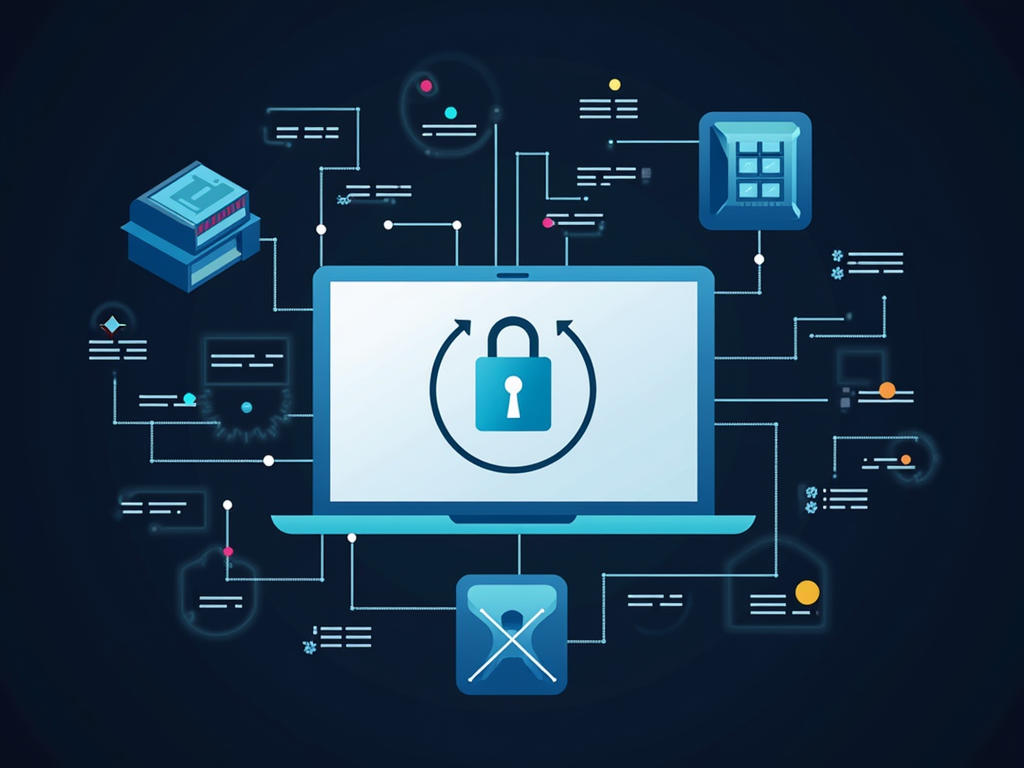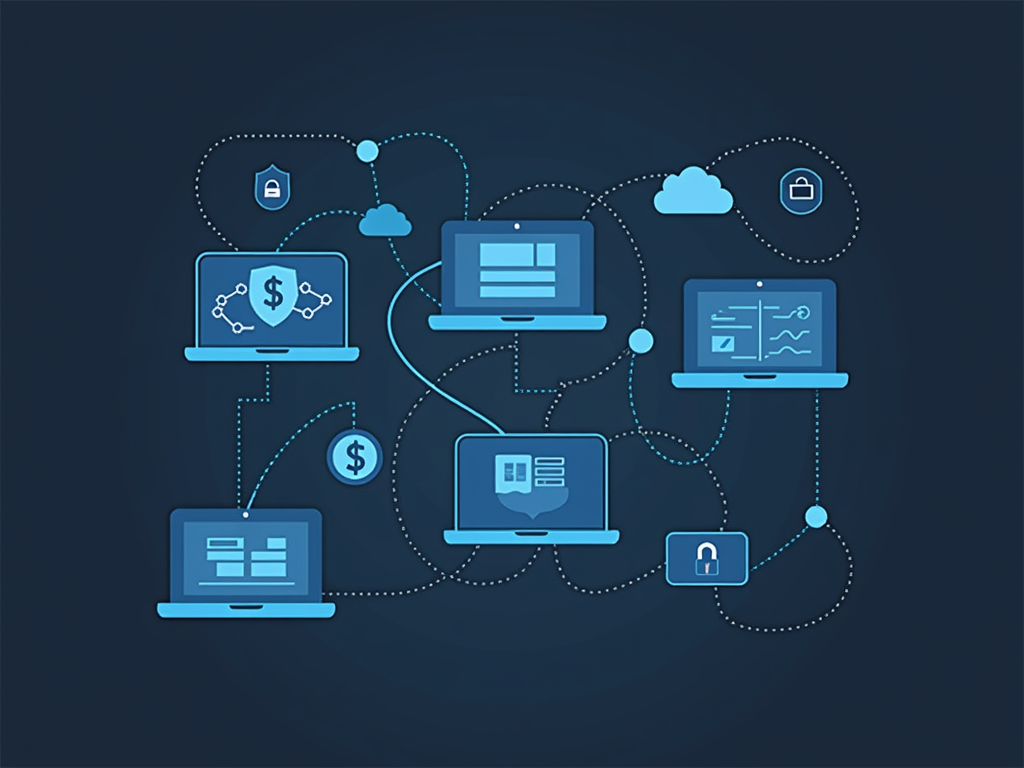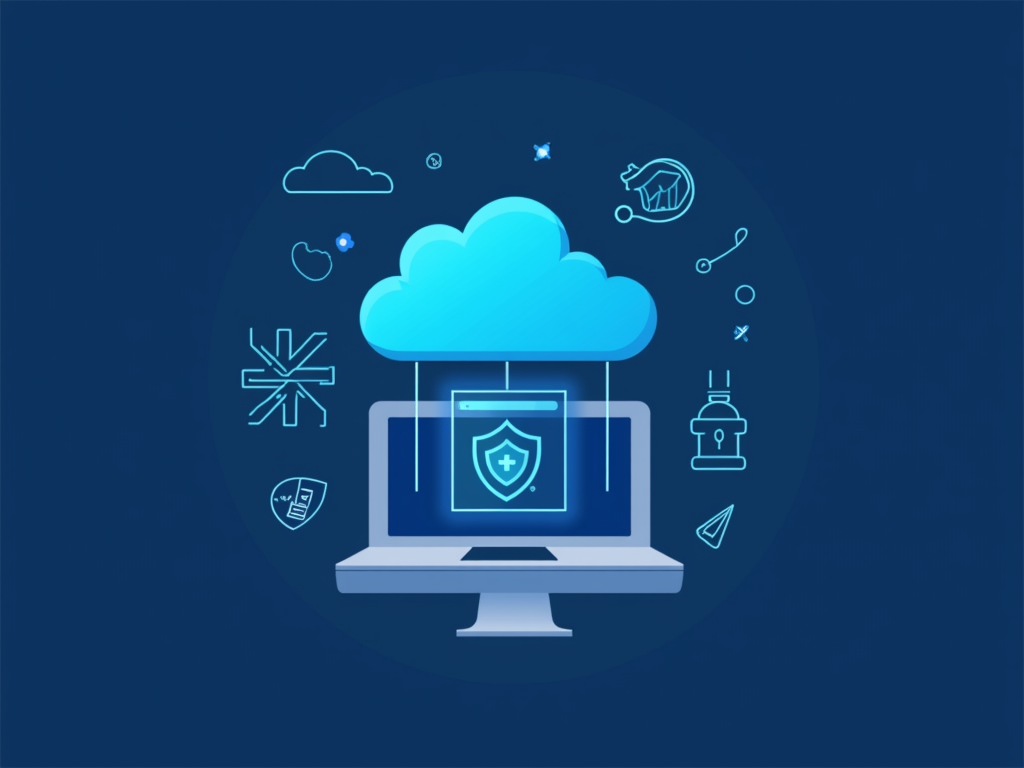Understanding the Importance of Secure Collaboration in Cybersecurity
In today’s digital age, collaboration is an essential aspect of many industries, including cybersecurity. With the increasing reliance on technology and data sharing, secure collaboration has become a critical component in protecting sensitive information. In this article, we’ll delve into the importance of secure collaboration in cybersecurity and explore ways to achieve it.
What is Secure Collaboration?
Secure collaboration refers to the process of sharing sensitive information or resources between multiple parties while ensuring confidentiality, integrity, and authenticity. It involves using various tools and technologies to protect data and communications from unauthorized access, tampering, or eavesdropping.
Why is Secure Collaboration Important in Cybersecurity?
- Protection of Sensitive Information: Secure collaboration helps prevent unauthorized access to sensitive information, such as personally identifiable information (PII), financial data, or intellectual property.
- Prevention of Data Breaches: By using secure communication channels and encryption, organizations can significantly reduce the risk of data breaches, which can have devastating consequences for businesses and individuals alike.
- Maintaining Trust: Secure collaboration helps establish trust among parties involved in a project or partnership. This is especially important in industries where reputation and credibility are crucial, such as finance and healthcare.
- Compliance with Regulations: Many industries are subject to strict regulations, such as HIPAA (Health Insurance Portability and Accountability Act) and PCI-DSS (Payment Card Industry Data Security Standard). Secure collaboration ensures compliance with these regulations, reducing the risk of penalties or fines.
Best Practices for Secure Collaboration in Cybersecurity
- Use End-to-End Encryption: Ensure that all data exchanged is encrypted from end to end, making it unreadable to unauthorized parties.
- Implement Access Controls: Establish robust access controls to restrict who can access sensitive information and what actions they can perform.
- Verify Identity: Verify the identities of all participants in a collaboration, using authentication mechanisms such as passwords, biometrics, or smart cards.
- Monitor Communications: Regularly monitor communications for signs of suspicious activity or unauthorized access.
- Update and Patch Regularly: Keep software, operating systems, and other tools up to date with the latest security patches to prevent exploitation of known vulnerabilities.
Tools and Technologies for Secure Collaboration
- Virtual Private Networks (VPNs): VPNs create secure, encrypted connections between remote users and internal networks.
- Secure File Transfer Protocol (SFTP): SFTP ensures secure file transfers by encrypting data and using authentication mechanisms.
- Encryption Tools: Encryption tools like Pretty Good Privacy (PGP) or Advanced Encryption Standard (AES) can be used to protect sensitive information.
- Collaboration Platforms: Collaboration platforms like Slack or Microsoft Teams can be configured with security features, such as encryption and access controls.
Conclusion
Secure collaboration is a critical component in cybersecurity, ensuring the confidentiality, integrity, and authenticity of sensitive information. By understanding the importance of secure collaboration and implementing best practices, organizations can reduce the risk of data breaches, maintain trust among partners, and comply with regulations. As technology continues to evolve, it’s essential for individuals and organizations alike to prioritize secure collaboration and stay ahead of the evolving cybersecurity threats.
References
- National Institute of Standards and Technology (NIST). (2020). Secure Collaboration in Cybersecurity.
- SANS Institute. (2019). Secure Collaboration: A Guide for Cybersecurity Professionals.
- Cybersecurity and Infrastructure Security Agency (CISA). (2020). Secure Communication Best Practices.



